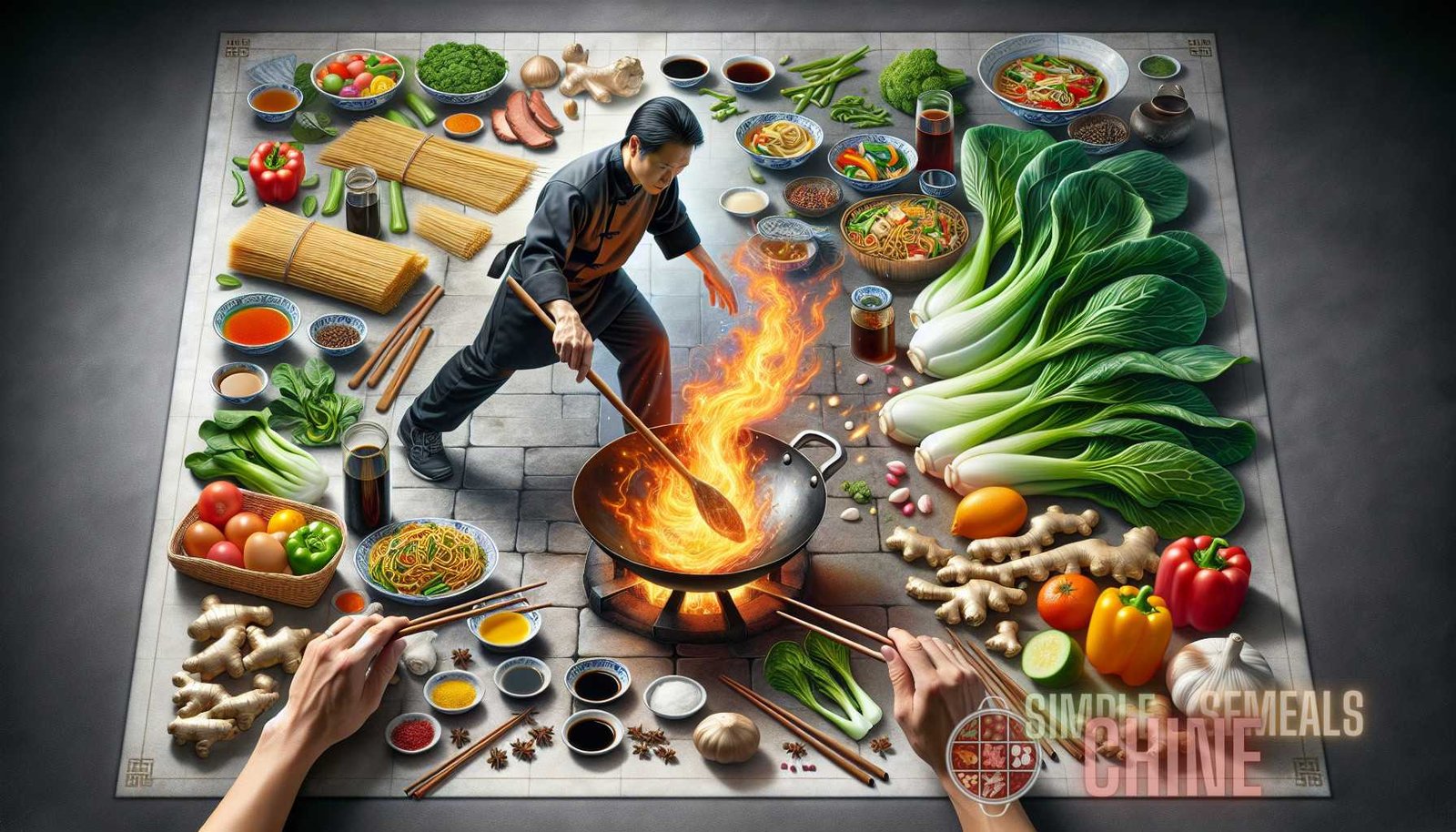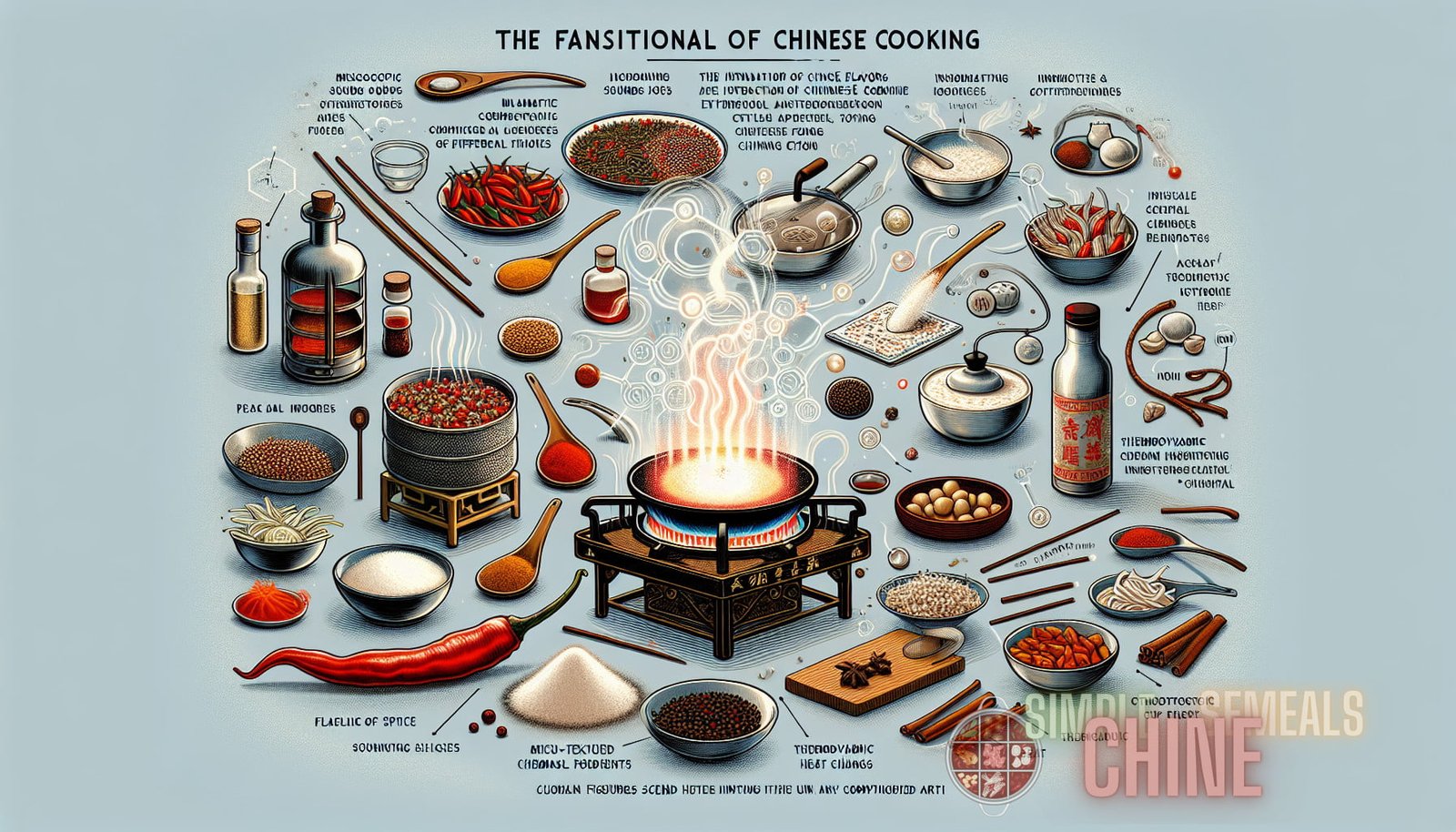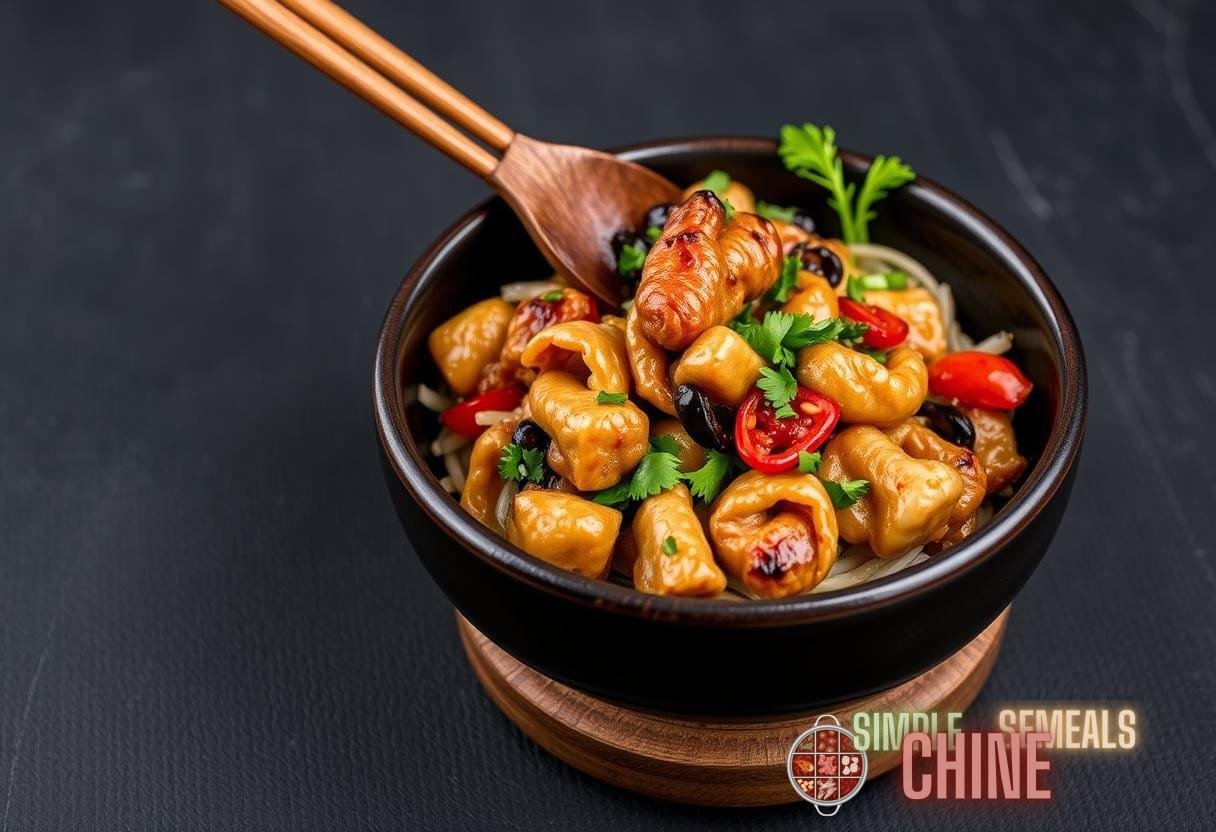The Science Behind Chinese Culinary Magic: Exploring the Interaction of Heat and Flavor in Traditional Chinese Cooking
Chinese cuisine is renowned around the world for its exquisite flavors, unique ingredients, and delicate balance of taste. From the rich and spicy dishes of Sichuan cuisine to the light and refreshing flavors of Cantonese cuisine, Chinese cooking is a complex and intricate art form that has been perfected over thousands of years. But have you ever wondered what makes Chinese cuisine so special? What is the secret behind its mouthwatering flavors and perfect textures? The answer lies in the science behind Chinese culinary magic, specifically the interaction of heat and flavor in traditional Chinese cooking.
The Role of Heat in Chinese Cooking
Heat is the fundamental element that transforms raw ingredients into delicious dishes in Chinese cuisine. Different heat techniques are used in Chinese culinary traditions to achieve specific textures, flavors, and aromas. Let’s dive deeper into some of the key heat techniques and their effects on the final dish:
- Stir-Frying: Stir-frying is a popular cooking technique in Chinese cuisine that involves cooking ingredients quickly over high heat. The intense heat and rapid tossing of the ingredients in the wok ensure that they cook evenly and quickly while retaining their natural flavors and textures. Stir-frying also creates a beautiful smoky aroma, adding depth to the dish.
- Braising: Braising is a slow cooking method often used for tougher cuts of meat and root vegetables in Chinese cuisine. The combination of low, constant heat and moisture breaks down the collagen in the meat, resulting in tender and flavorful dishes. Braising also allows the ingredients to absorb the flavors of the sauce or broth, creating a rich and savory taste.
- Steaming: Steaming is a gentle cooking method that preserves the natural flavors and textures of ingredients. It is commonly used for seafood, vegetables, and delicate proteins like tofu. In steaming, the food is placed in a enclosed container, which is then heated by steam. This method ensures that the food cooks evenly and retains its nutrients, resulting in moist and tender dishes.
- Deep-Frying: Deep-frying is a technique in which food is submerged in hot oil, creating a crispy and golden exterior while maintaining a soft and tender interior. The high temperature of the oil quickly seals the surface of the food, preventing oil from being absorbed. Deep-frying is used for a variety of dishes in Chinese cuisine, including spring rolls, dumplings, and crispy fried chicken.
These are just a few of the heat techniques used in Chinese cooking, but each one plays a crucial role in creating the unique flavors and textures that are characteristic of Chinese cuisine.
The Flavor Profiles in Chinese Cooking
Chinese cuisine is known for its harmonious balance of flavors, blending the five basic taste sensations: sweet, sour, bitter, salty, and umami. Each of these flavors has its own unique qualities and is used in different dishes to create a well-rounded flavor profile. Let’s take a closer look at each flavor:
- Sweet: Sweetness is often added to balance out strong savory flavors and is commonly found in dishes that include sugar, honey, or fruit. In Chinese cuisine, sweet flavors are created using ingredients such as hoisin sauce, oyster sauce, and sweet soy sauce.
- Sour: Sourness adds a refreshing and tangy taste to dishes. It is achieved by using ingredients such as vinegar, lemon juice, or pickled vegetables. Sour flavors are often used in Chinese dishes to counterbalance oily or rich flavors.
- Bitter: Bitterness is a less commonly used flavor in Chinese cuisine but is still important in achieving balance. Bitter flavors can be found in ingredients like bitter melon, bitter herbs, and certain types of tea. Bitterness adds complexity and depth to dishes.
- Salty: Saltiness is a crucial flavor in Chinese cuisine. It enhances the natural flavors of ingredients and brings out the other taste sensations. Salt is used in moderation to ensure a well-balanced dish.
- Umami: Umami is often described as a savory or meaty taste. It is achieved by using ingredients such as soy sauce, fermented black beans, and mushrooms. Umami adds depth and richness to dishes.
The art of Chinese cooking lies in the delicate balance of these flavors. A well-executed dish will have a perfect harmony of sweet, sour, bitter, salty, and umami tastes.
The Maillard Reaction: The Secret to Flavorful Chinese Dishes
The Maillard reaction is a chemical reaction that occurs between amino acids and reducing sugars when food is cooked at high temperatures. This reaction is responsible for the browning and rich flavors that are characteristic of many Chinese dishes.
When food is subjected to heat, the Maillard reaction begins to take place. Amino acids and reducing sugars react to form a complex network of compounds that give food its distinct flavors and aromas. In Chinese cooking, this reaction is utilized to create flavorful sauces, marinades, and glazes.

For example, when meats are stir-fried, the high heat causes the Maillard reaction to occur, resulting in the formation of caramelized sugars and amino acids that give the meat its browned and flavorsome exterior. This reaction also creates a deep umami flavor, enhancing the overall taste of the dish.
The Maillard reaction is not only responsible for browning and flavor development but also for creating new and complex chemical compounds that contribute to the unique taste of Chinese cuisine.
The Science of Food Pairing in Chinese Cuisine
Chinese cuisine has long understood the importance of food pairing in creating harmonious and balanced flavors. The intricate art of combining ingredients is based on both traditional knowledge and scientific principles.
One of the key principles of food pairing is the concept of complementary flavors. Complementary flavors are tastes that enhance one another when eaten together. In Chinese cuisine, this can be seen in the pairing of ingredients such as soy sauce and ginger, which bring out the best in each other and create a harmonious taste.
Another principle of food pairing is the concept of contrast. Contrasting flavors create a balance by providing a counterpoint to one another. For example, the spiciness of chili peppers is often paired with the cooling and creamy flavor of tofu or rice to create a balanced and satisfying dish.
The science of food pairing also takes into consideration the chemical compounds present in ingredients. By understanding the chemical makeup of different ingredients, chefs can create complementary and contrasting flavor combinations that are scientifically proven to work well together.
Ultimately, the science behind Chinese culinary magic relies on a deep understanding of the role of heat, the balance of flavors, the Maillard reaction, and the science of food pairing. It is this combination of art and science that has allowed Chinese cuisine to captivate the taste buds of people around the world for centuries.
Conclusion
Chinese cuisine is a culinary treasure that has been perfected through centuries of experimentation and refinement. The delicate interplay between heat and flavor, the balance of taste sensations, the Maillard reaction, and the principles of food pairing all contribute to the magic of Chinese cooking.
As you embark on your own culinary journey, remember to explore the world of Chinese cuisine and discover the magic that lies within its scientific principles. Whether you’re indulging in the spicy flavors of Sichuan cuisine or savoring the subtle nuances of Cantonese dishes, understanding the science behind Chinese culinary magic will allow you to appreciate and master the art of Chinese cooking.
So, grab your wok and get ready to unleash your inner chef as you embark on an adventure through the flavors and aromas of Chinese cuisine.
For more information on Chinese cooking tips and techniques, check out the following articles:
1. Unveiling Exquisite Chinese Veggie Delights and Inspiring Recipes for Savvy Cooks
2. Master the Art of Balancing Chinese Flavors: Essential Tips for Perfecting Your Culinary Skills
By delving deeper into the world of Chinese cuisine and mastering its scientific principles, you can create your own culinary magic in the kitchen.



